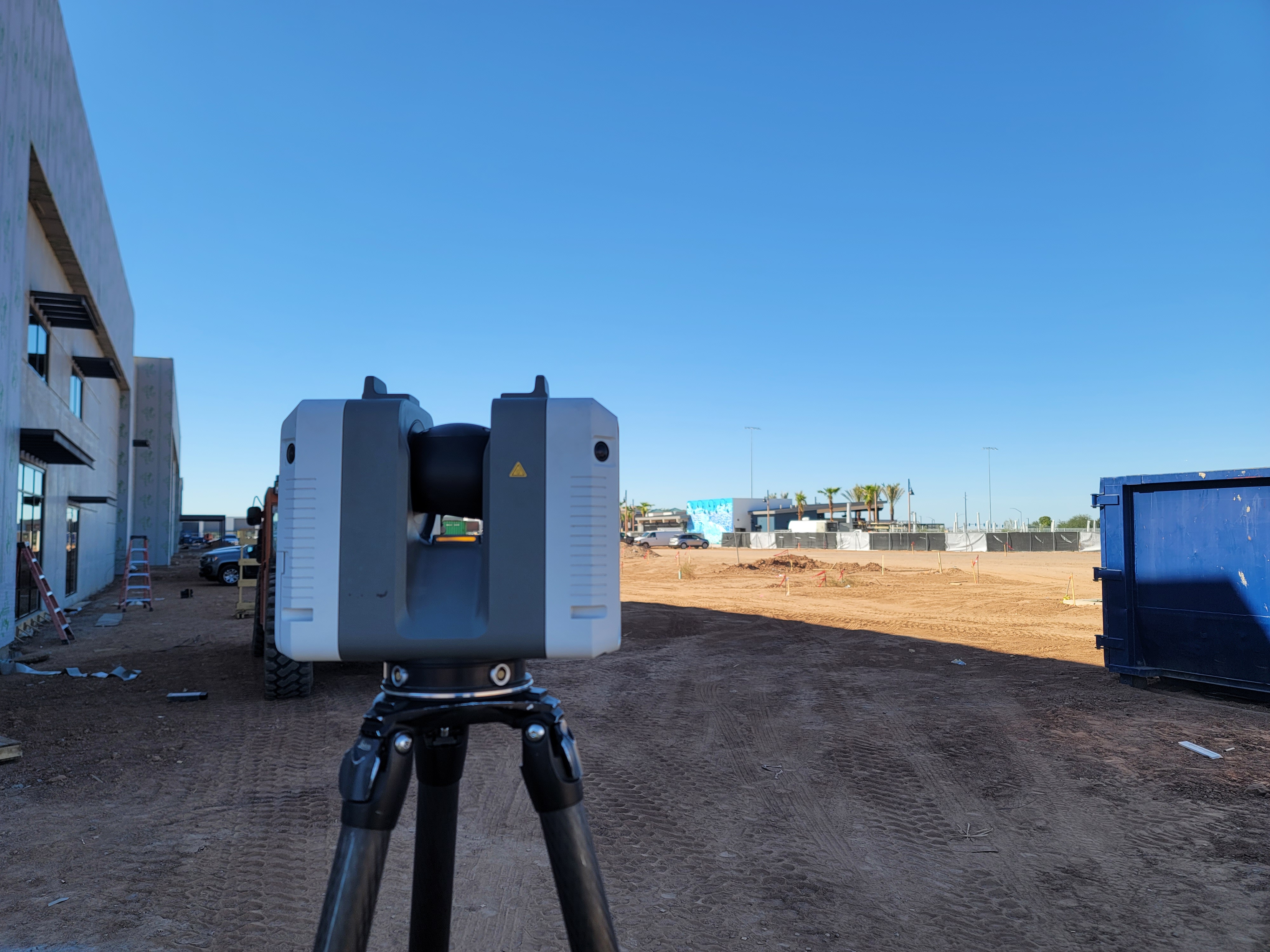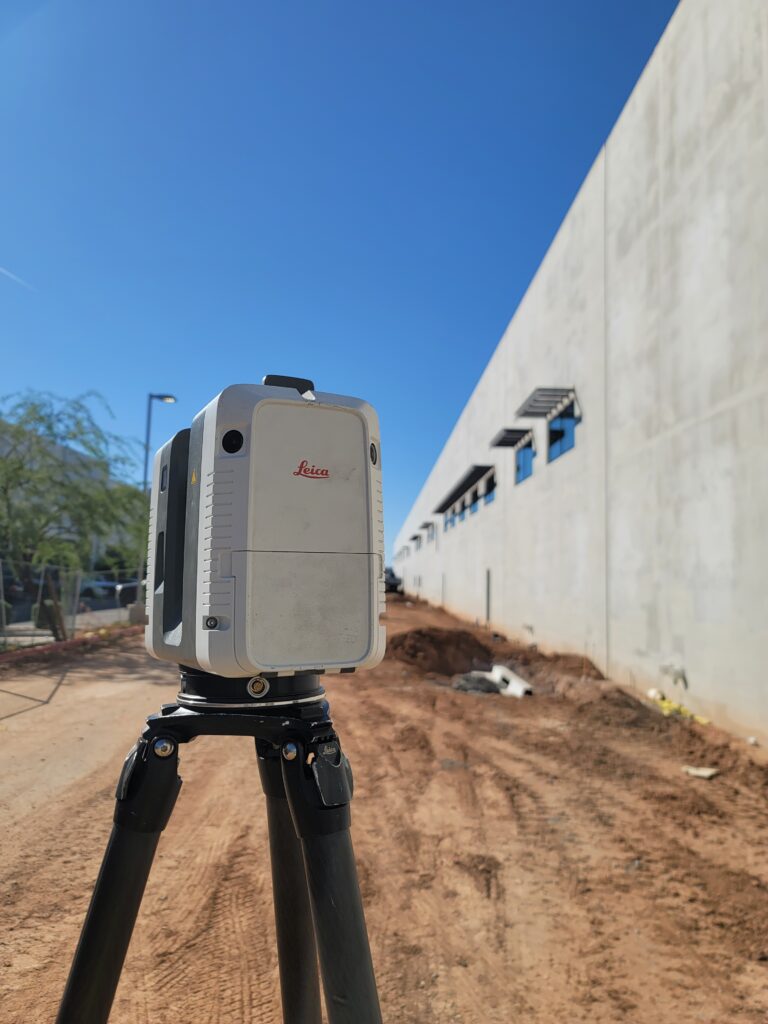
Revolutionizing Construction: How 3D Laser Scanning & BIM Drive Smarter Projects
In today’s evolving construction landscape, data is more than just a buzzword—it is a powerful asset that, when strategically utilized, transforms project execution. By embedding data into every phase of construction, teams can enhance accuracy, streamline operations, and drive collaboration, ultimately leading to superior project outcomes.

The construction industry is undergoing a digital revolution, with data playing a central role in shaping modern methodologies. Whether it’s mitigating risks, optimizing workflows, or improving real-time decision-making, leveraging data has become a crucial strategy for teams aiming to maximize efficiency. With vast amounts of information generated throughout a project’s lifecycle, the ability to collect, interpret, and apply this data effectively unlocks new levels of productivity and precision. Technologies such as 3D laser scanning in construction, lidar 3D scanning, and 3D scan to BIM are transforming how construction professionals capture and analyze project data.
The Impact of Data in Construction Data-driven construction revolves around integrating information from multiple sources to inform decision-making and project management. Technologies such as reality capture, Building Information Modeling (BIM), 3D laser scanning services, scan to BIM services, and laser scanning surveying are revolutionizing how teams collect and utilize project-specific data.
According to industry experts, capturing scan point cloud, 3D laser imaging, laser scanning and surveying, and as-built plans in real time bridges gaps between preconstruction planning, design execution, and on-site workflows. This connected approach allows teams to dynamically adapt to project demands, ensuring greater alignment and efficiency across all stages.
Seamless Data Integration for Optimized Workflows Leading construction firms are embracing laser scanning buildings and 3D scanning in construction to enhance collaboration and accuracy. By combining physical site data with digital modeling, teams maintain a clear and consistent flow of information, reducing discrepancies and improving project coordination.
Industry leaders leverage advanced tools such as Autodesk Construction Cloud and high-precision lidar laser scanning technology to consolidate field data and seamlessly incorporate it into digital workflows. This ensures that real-world conditions are continuously reflected in design and construction phases, eliminating misalignment and enhancing adaptability. By fostering a synchronized data environment, project teams can eliminate inefficiencies and establish a single source of truth that drives decision-making and improves as-built drawing services.
Key Advantages of a Data-Driven Construction Approach Adopting a data-centric construction strategy goes beyond technology adoption—it revolutionizes project management and execution. Some of the most significant benefits include:
- Enhanced Accuracy: By relying on precise, real-time data such as 3D laser mapping, scan to BIM, and as-built surveys, teams can significantly reduce errors, ensuring that project designs align with on-site realities.
- Improved Collaboration: A shared data ecosystem enables seamless communication between field and office teams, reducing misinterpretations and ensuring all stakeholders work with the latest project information.
- Accelerated Decision-Making: Access to real-time insights from laser scanning in construction allows teams to proactively address challenges, optimize resources, and make informed adjustments without delays.
- Risk Mitigation: Predictive analytics and early detection capabilities empower teams to identify and resolve potential issues before they escalate, minimizing costly rework and project disruptions.
Overcoming Challenges in Data-Driven Construction While the benefits of laser scanning and 3D modeling are clear, implementation presents challenges such as technology adoption, interoperability issues, and resistance to change. Successful integration requires investing in user training, fostering a culture of innovation, and ensuring leadership buy-in.
By prioritizing scalable solutions and promoting a mindset of continuous improvement, firms can navigate these challenges effectively. Ensuring that teams understand the value of as-built services and 3D scanning companies is critical for maximizing adoption and unlocking the full potential of technology in construction.
The Future of Construction is Data-Driven Data has become the foundation of modern construction, driving accuracy, efficiency, and seamless collaboration. When leveraged effectively, 3D scanning services cost, as-built drawing cost, and building scanning empower teams to execute projects with confidence, optimize workflows, and deliver exceptional results.
For construction professionals looking to remain competitive, the path forward is clear. Investing in laser scanning services, as-built drawings cost, and laser surveying is not just about embracing technology—it’s about committing to higher standards, smarter decision-making, and a future of continuous improvement. Now is the time to harness the power of 3D laser scanning services near me, laser scanning near me, and 3D scanning Los Angeles to transform the way construction projects are planned, managed, and executed.
To learn more about how data-driven construction, scan building, and drawing as-built techniques can enhance your projects, contact us today.


